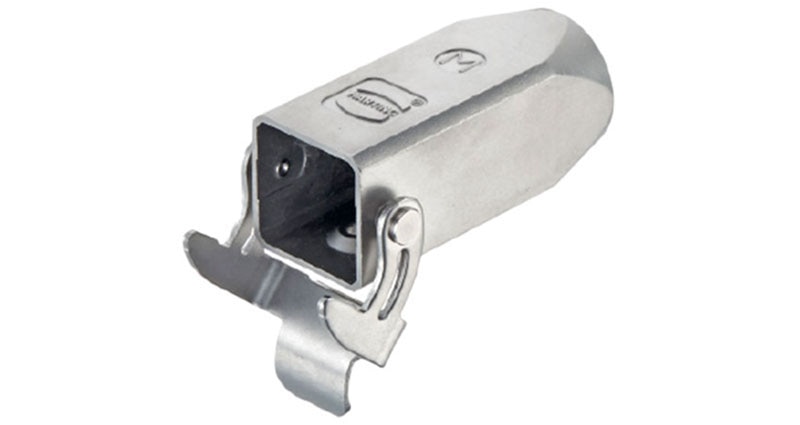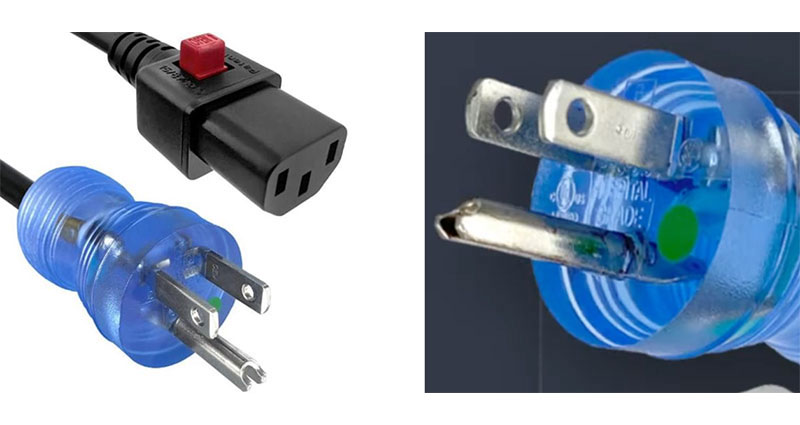Reduce Losses in High-Voltage Switched-Mode Power Systems with Silicon Carbide MOSFETs
The number and diversity of power electronics applications, from electric vehicles (EVs) and photovoltaic (PV) inverters to storage and charging stations, continue to grow. These applications demand increased operating voltages, greater power density, lower losses, higher efficiency, and improved reliability. You can meet these requirements using power devices based on wide bandgap (WBG) technologies such as silicon carbide (SiC), a technology that continues to improve.
Why SiC?
Relative to Si, WBG semiconductor materials like SiC have features that make them excellent design choices for switched-mode power systems. The bandgap refers to the energy required to move an electron from a material’s valence band to its conduction band. SiC’s wider bandgap allows a higher operating voltage. Other important characteristics include thermal conductivity, “on” resistance, electron mobility, and saturation velocity.
Thermal conductivity measures how fast heat transfers from the semiconductor junction to the outside environment. The thermal conductivity of SiC is almost three times better than Si. This makes it easier to cool SiC devices, giving them higher temperature ratings and allowing SiC semiconductors to be thinner than an equivalent Si device with a similar voltage rating. The result is smaller devices for a given voltage and power rating.
SiC allows designers to increase the area carrying the current flow for the same die size, lowering the device’s resistance. This results in SiC device’s most significant advantage: decreased channel on-resistance (RDS(ON)) for devices with the same voltage ratings. The lower RDS(ON) translates to lower conduction losses, resulting in higher efficiency.
SiC semiconductors offer greater electron mobility, allowing them to operate at higher frequencies than Si devices. Operating power circuits at a higher switching frequency enables significant cost savings due to the downsizing of passive components like transformers, chokes, inductors, and capacitors. This downsizing also reduces the volume of these components, giving higher overall power density.
Saturation velocity is an electron's maximum velocity in a high electric field. In SiC semiconductors, the electron velocity is two times higher than that of Si semiconductors, resulting in faster switching times and lower switching losses.
Latest examples of SiC MOSFETs
Building upon the core benefits of SiC, Vishay has introduced the 1200 volt MaxSiC series SiC MOSFETs. The series uses proprietary MOSFET technology to deliver RDS(ON) values of 45, 80, and 250 milliohms (mΩ) in standard packages for industrial applications such as traction inverters, PV energy conversion and storage, onboard chargers, and charging stations. The series features fast switching speeds and a short-circuit withstand time (SCWT) of 3 microseconds (µs).
The MaxSiC MOSFETs are N-channel devices rated for a maximum drain-to-source voltage (VDS) of 1200 volts and can operate at temperatures of -55 to 150°C. For each RDS(ON) value, the devices are available in two standard through-hole packages. The maximum power dissipation and drain current vary with model number, with a maximum power dissipation and continuous drain current (ID) of 227 watts and 49 amperes (A), respectively (Table 1).
| Part number | Package | RDS(ON) (typ) (mΩ) | ID (max) (A) | Power dissipation (max) (watts) |
| MXP120A045FL-GE3 | TO-247AD 4L | 45 | 49 | 227 |
| MXP120A045FW-GE3 | TO-247AD 3L | 45 | 49 | 227 |
| MXP120A080FL-GE3 | TO-247AD 4L | 80 | 29 | 139 |
| MXP120A080FW-GE3 | TO-247AD 3L | 80 | 29 | 139 |
| MXP120A250FL-GE3 | TO-247AD 4L | 250 | 10.5 | 56 |
| MXP120A250FW-GE3 | TO-247AD 3L | 250 | 10.5 | 56 |
The MaxSiC MOSFETs listed are available in either a three-lead or a four-lead TO247-AD package (Figure 1).
 Figure 1: The MaxSiC MOSFETs are available in three and four-lead TO-247AD packages. (Image source: Vishay)
Figure 1: The MaxSiC MOSFETs are available in three and four-lead TO-247AD packages. (Image source: Vishay)
The four-lead package adds a Kelvin-connected lead for the gate drive connection to minimize coupling of the drain current voltage drop in the source lead connections.
The MaxSiC MOSFETs are well-matched to applications requiring switching greater than 600 volts and power levels to 227 watts, such as 400 and 800 volt automotive battery systems, PV power sources, and charging stations.
Conclusion
The Vishay MaxSiC MOSFETs are innovative high-power devices for the automotive and power industries. They offer higher voltage specifications than standard Si devices and lower channel resistance, making them ideal for designs requiring low losses and high efficiency.

Have questions or comments? Continue the conversation on TechForum, DigiKey's online community and technical resource.
Visit TechForum








